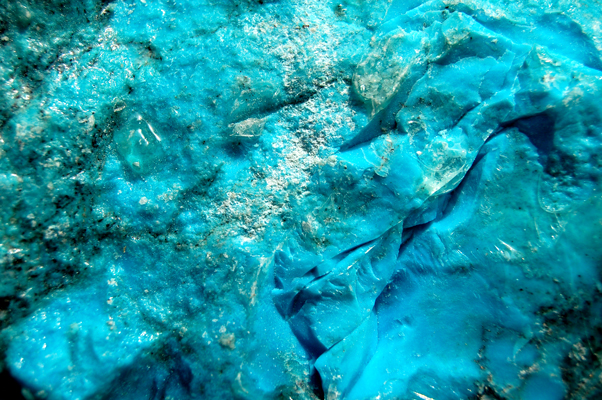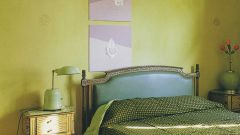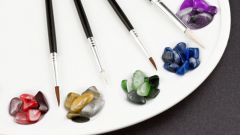You will need
- blue paint;
- green paint;
- - palette;
- - a brush or palette knife.
Instruction
1
To obtain a turquoise take blue and green paint. It should be clean shades of both colors as close to the samples on the standard color wheel. Unlike shades of blue, shades of turquoise blue is not just lighter – they have a direct relationship with green.
2
Take the palette a certain amount of blue paint and begin to slowly add green. Depending on what color – blue or green – you intend to continue to mix these two colors to achieve the desired result.
3
The range of shades of turquoise colors is quite large: it can be as soft, muted, pastel, and bright, vibrant colors. The brightness of the color is achieved by using pure undiluted colors that comprise the color. To obtain pastel shades of turquoise, add in obtained on the color palette, a bit of white. By varying their number, you can get the colors of various degrees of brightness. To mute the bright lights turquoise can also add a small amount of gray paint. The color will not become less noble sounding.
4
If you work with water soluble paints type of watercolor or gouache, to achieve the variety of tones you can still use diluted turquoise water. Applying the paint on the white paper thin, transparent layer, you can get lighter shades of turquoise.
5
From the surrounding nature – the great Artist – we can learn the harmonious combination of different colors. Turquoise color includes all shades of the water. A natural satellite of the water in nature is the sand. Therefore, turquoise tones harmonious whole look with different shades of sand and earth – brick, bright coral, Golden-buff, grayish-sand, coffee and many others.
Note
Experts do not recommend the use of turquoise color in the interior a child's room. Its calming and relaxing effect it can slow down the desire of the child to development.


